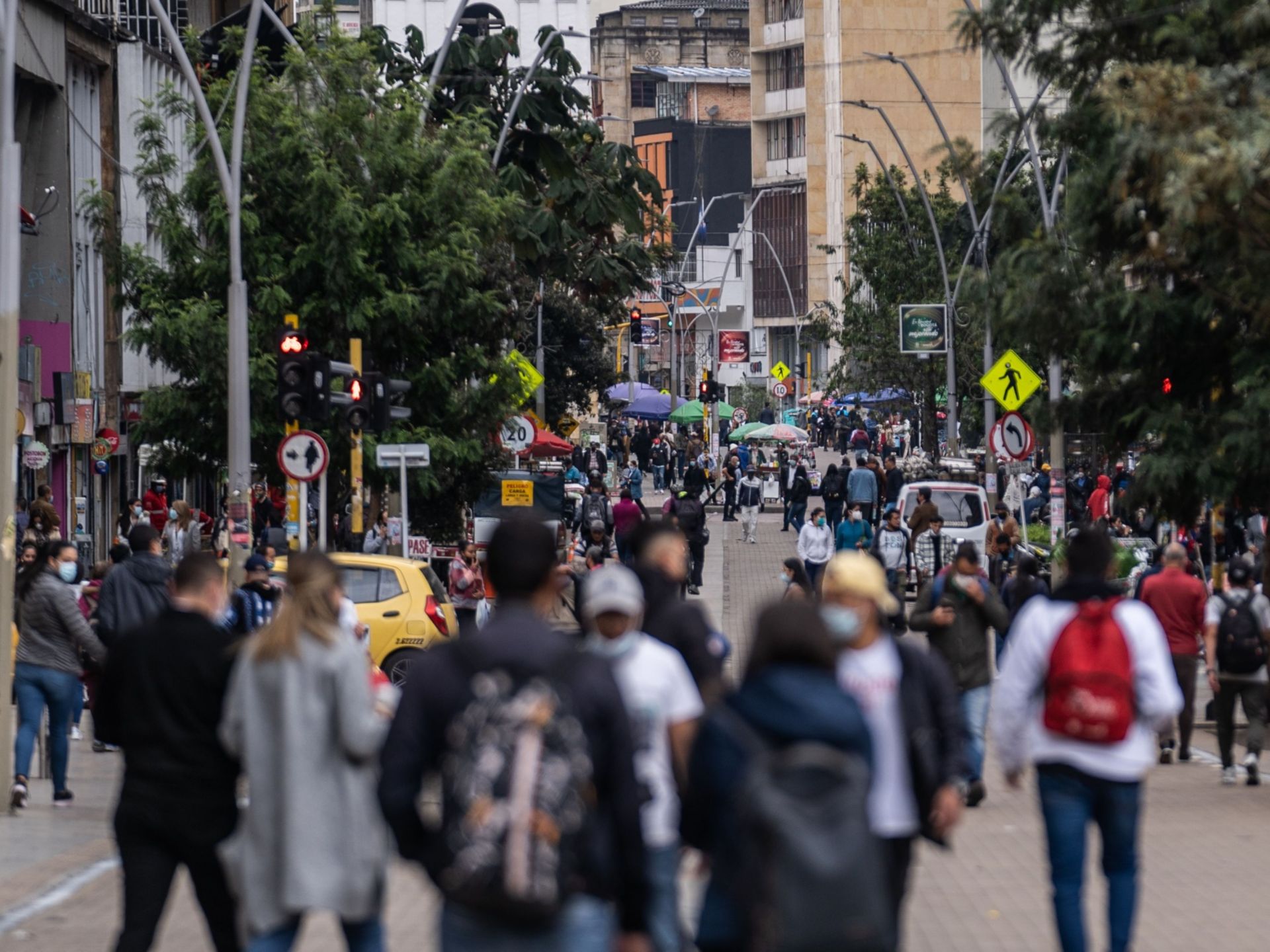PoliticalChic
Diamond Member
So what? That didn't make Carter responsible. The Shah cheated the Iranians. There was no middle class. That was orchestrated by the US and UK in 1953.
No Carter, no Ayatollah.
I'd suggest you only post about things you are aware of......but then you'd be mute.
During the 1953 through 1969, Eisenhower and Kennedy and Johnson pressured the Shah to engage in various reforms based on their fear of a popular uprising, as predicted by the CIA as “…just around the corner!” In mid-1958, “Tomorrow will be a revolution!” Of course, the CIA at that time was factually correct, but chronologically premature by some twenty years! In comparison, in 1978, the CIA was dismally incorrect: “…the Shah is here to stay! There will be no fundamental change…no group is powerful enough.”
a. Due to the American pressure, the Shah launched a series of reforms, known as the White Revolution, in 1963. This included many American ideas for modernization, such as a) land reform, b) modernization of infrastructure including railroads, c) education, d) enfranchising women, e) urbanization, f) encouragement of a class of technocrats and competent bureaucrats, etc. tried (unsuccessfully) to enable Iran’s religious minorities—principally Baha’is, Jews, and Christians—to take the oath of office on a holy book of their own choosing.
b. The conservative clergy viewed the White Revolution as an affront to Islam and a dangerous move toward Western modernity: Ayatollah Khomeini immediately denounced the proposed reforms, led the clerical opposition
c. Strangely, the success of the White Revolution lead to new social tensions that helped create many of the problems the Shah had been trying to avoid. It produced a middle class, economically privileged, that formed the insurgents who demanded political reform later…just what the Shah had hoped to avoid.
The traditional base of the Shah’s support had been a) the feudal aristocracy, b) nomadic chieftains, c) the clergy, d) the military, e) some parts of the industrial middle class and upper class. The Shah had intended to maintain Iran as such, but the foreign aid of the United States mandated the White Revolution reforms. The US could even tell the Shah the size army he could have, as Iran was the largest recipient of US aid, some $1 ½ billion- a huge amount at that time.
Not only were the poor primed for revolution, but the very middle class the Shah’s White Revolution had unleashed were also demanding political freedom.
The authoritarian rule made the country rich: during the ‘70’s the GNP sometimes reached 20%. When the Pahlavi Dynasty began in 1925, up until 1978, Iran was transformed form a nation near collapse, to one with a burgeoning middle class, and industrialization comparable with South Korea and Turkey.



